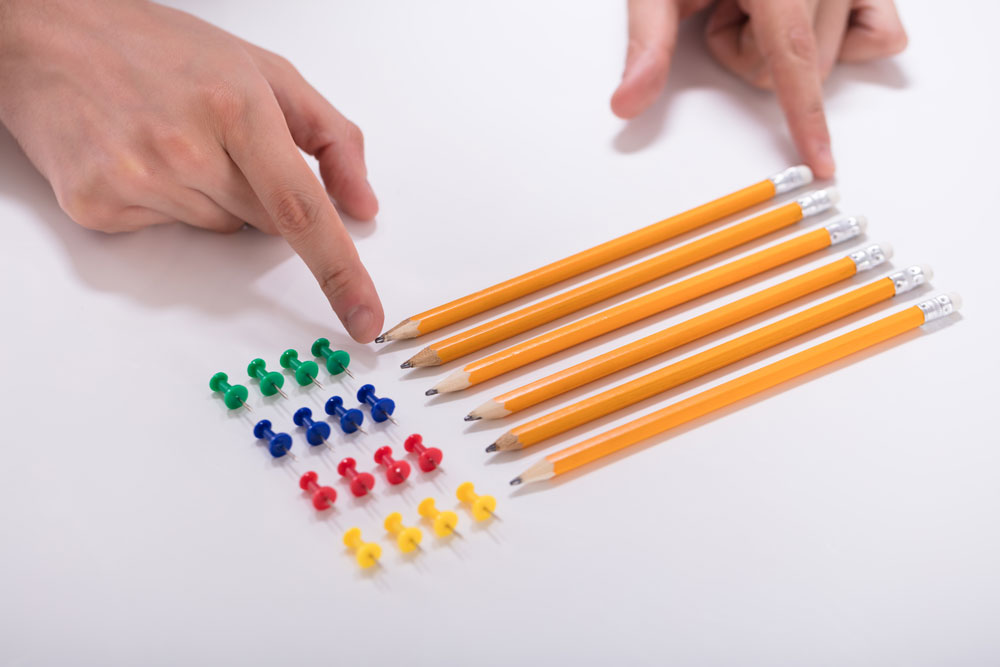Routines must not be shelf-warmers, i.e. a paper that no one follows.
This article is translated with AI and written based on Swedish conditions. Hopefully, it can inspire interested parties from other countries.
Operations within healthcare and care are obliged to work with continuous improvements in the business. Creating routines that are known and followed by the employees is one way to ensure that quality is maintained. A change is not implemented until all employees follow the new routine. Among other things, through open comparisons, it is possible to compare the users' experience of the quality in relation to other nursing homes in Sweden.
 Foto: Mostphotos
Foto: MostphotosMany regulations govern nursing homes
In healthcare operations, the management system often contains a multitude of routines. There are several reasons for this. The concept of care is very complex and there are a great many regulations that affect care. A nursing home is subject to regulations linked to the Social Services Act, the Health and Medical Services Act, food legislation, fire protection laws, work environment legislation, labor law, accounting law, and many more.
Dust collectors?
Sometimes the routines are inaccessible in some system where few of the employees get in and even fewer find the right routine when they need one. My experience is that there are operations that have routines that are essentially dust collectors, but which management can point to if IVO or any other authority were to come and audit the operation.
The regulations place high demands on routine descriptions for certain processes. Some operations record more routines than they need, a common example is tube feeding. For this particular process, there is already good material in the Care Handbook, a national site that collects routines for all types of care procedures. The material there is quality-checked and updated annually.
Creating routines
First, write why the routine is needed and what it should achieve. It should also be clear who will perform the work and when it will take place. A routine should be easy to understand and follow by those who will use it. Clear concise instructions with as simple language as possible. Avoid jargon or value-laden opinions.
Describe the routine step by step in the order the steps should be carried out, for example through bullet lists or step-by-step instructions. Try to use a uniform structure for routines so that it becomes easy to take part in for those who are going to read the routine. Think through so that the routine becomes flexible based on the operation and the residents' different needs. Let one or a few who will work according to the routine read through and give their views before you establish it.
Routines need to be updated regularly. Always set the date when it was established or revised. Have a routine for reviewing previous routines regularly. Make sure to clean up old copies when a new routine is introduced.
The language must be understandable
It happens that the language used in routines is so complicated that not even a doctorate is enough to understand what is meant. It may have been written by someone who doesn't understand it themselves. It also happens that someone writes a routine and then thinks that just because the routine is written, everyone will follow it.
If you want to increase adherence to routines, it's good if employees can participate in the development of routines. Also consider which routines are important for the operation. When you change a routine, follow up for a period to make sure everyone really follows the new routine. That everyone understood the routine and why it is important to follow. It is usually better to work with praise than with complaints when changes are to be implemented.
Reflection Questions - Creating Routines
Care Staff:
- Do you have good routines in your unit?
- Are you working according to the written routines?
- If not, why? What happens if you don't follow the routines and something goes wrong?
- Are there routines that you can improve? Which routine is most important for you to improve?
Manager, Nurse, Occupational Therapist and Physiotherapist:
- How do you work when you need to develop new or revise old routines?
- Which routines do the employees follow?
- Are there routines that they do not follow?
- Do you know why?
- What can you do to increase adherence?
Residents and relatives:
- Do you notice if there is ongoing improvement work in the unit?
- Does the staff appreciate if you point out opportunities for changes to any routine?
Erland Olsson
Specialist Nurse
Sofrosyne - Better Care Every Day

Aktuellt i media
-
2025-12-18 04:00
16 Sjukdom och död
Survivor conversations - an important element in working with next of kin
info Bild från Summer Stock
Bild från Summer Stock - 2025-12-15 04:00 17 Psykisk hälsa
- 2025-12-11 04:00 07 Riskhantering
- 2025-12-08 04:00 06 Dokumentation
- 2025-12-03 04:00 06 Dokumentation
- 2025-12-01 04:00 02 Värdegrund






